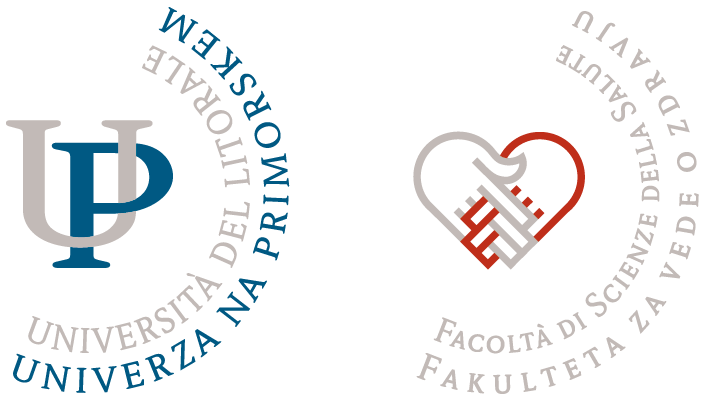Content
- Lectures: 20 hours
- Seminar: 10 hours
- Exercises 30 hours
- Independent work: 120 hours
Subject carrier
Description
1. Evaluation of neuromuscular function
a. Assessment of Hoffman reflex and motor evoked potentials
b. Assessing the stretch reflex
c. Using electromyography for deeper insight into neuromuscular function
d. Twitch methods for deeper insight into neuromuscular function
e. Assessing postural control with an emphasis on postural trunk reactions
2. Assessing muscular strength
a. Muscular strength and asymmetries in muscular strength as risk factors and consequence of injuries
b. Assessing isometric muscle strength
c. Assessing isokinetic muscle strength
3. Assessing kinesthesia
a. Methods to for assessment of force sensation
b. Methods for assessment of position sensation
c. Qualitative kinesthetic tests
4. Using high-technology measurements and biomechanical approaches
a. Assessing foce:velocity:power relationship as a hollistic indicator of voluntary muscular function
b. Using 3D kinematic analysis for assessing movement quality
c. Advanced assessments of balance and stability (different analyses related to control of center of pressure)
5. Advanced assessments of aerobic and anaerobic function
a. Assessing maximal oxygen consumption
b. Assessing anaerobic capacity (Wingate test)
c. Basal metabolism measurements
6. Assessing sedentary behavior and physical activity levels
a. Objective measurements (accelerometers)
b. Subjective measurements (questionnaires)
7. The role of advanced assessment methods in the processes of diagnostics, treatment and injury preventions
a. Justifying the use of advance methods
b. Choosing the appropriate method for a particular patient

